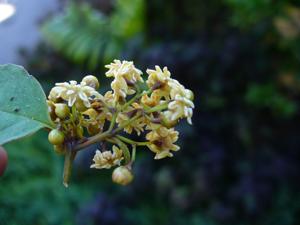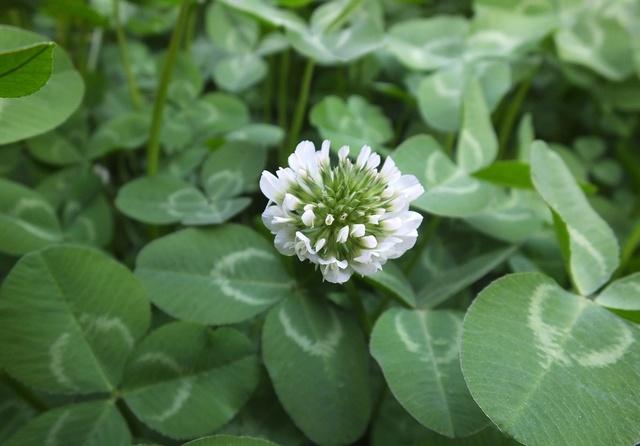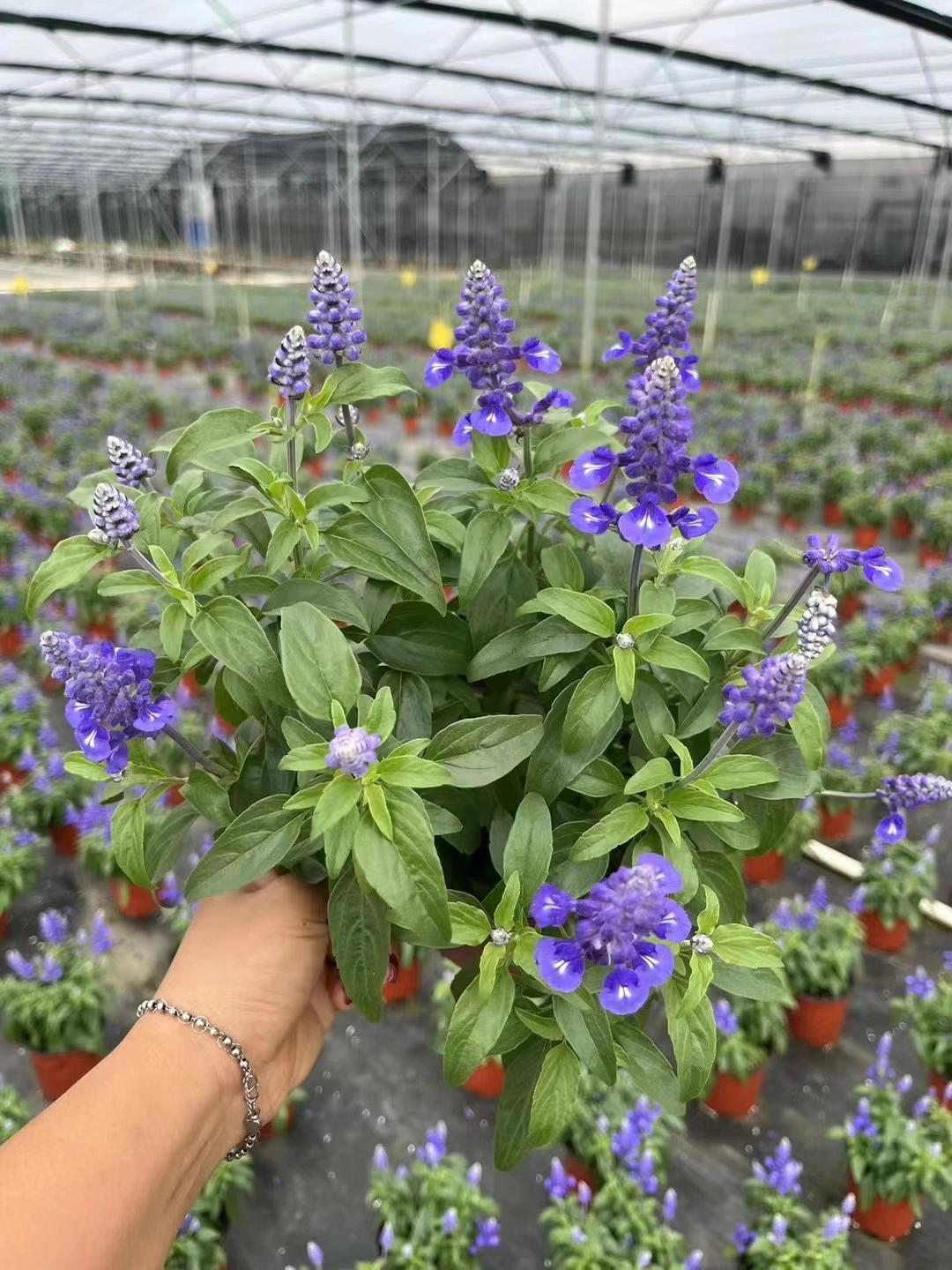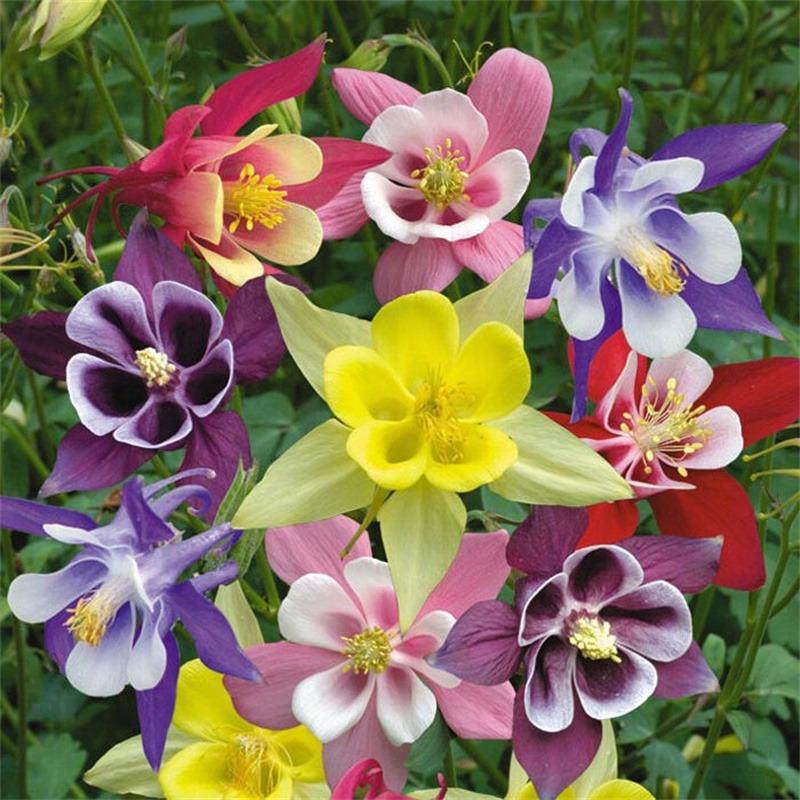Amborella, a primitive flowering plant, hides an intriguing story. Scientists discovered its existence back in 1860 on the remote island of New Caledonia. With just a single known species in its genus, it holds a significant place in the evolutionary history of flowering plants. Resilient and unique, Amborella’s DNA carries remnants of the ancient plant world. Researchers believe it could be the missing link in understanding the origins of all modern flowering plants. This extraordinary plant inspires curiosity and propels scientific exploration, uncovering the secrets of our botanical ancestry.
Picture

Plant some seeds now!
Short Description
Amborella is a monotypic genus of understory shrubs or small trees endemic to the main island, Grande Terre, of New Caledonia in the southwest Pacific Ocean. The genus is the only member of the family Amborellaceae and the order Amborellales and contains a single species, Amborella trichopoda. Amborella is of great interest to plant systematists because molecular phylogenetic analyses consistently place it as the sister group to all other flowering plants, meaning it was the earliest group to evolve separately from all other flowering plants.
Description
Amborella is a sprawling shrub or small tree up to 8 metres (26 feet) high. It bears alternate, simple evergreen leaves without stipules. The leaves are two-ranked, with distinctly serrated or rippled margins, and about 8 to 10 centimetres (3 to 4 inches) long.
Amborella has xylem tissue that differs from that of most other flowering plants. The xylem of Amborella contains only tracheids; vessel elements are absent. Xylem of this form has long been regarded as a primitive feature of flowering plants.



